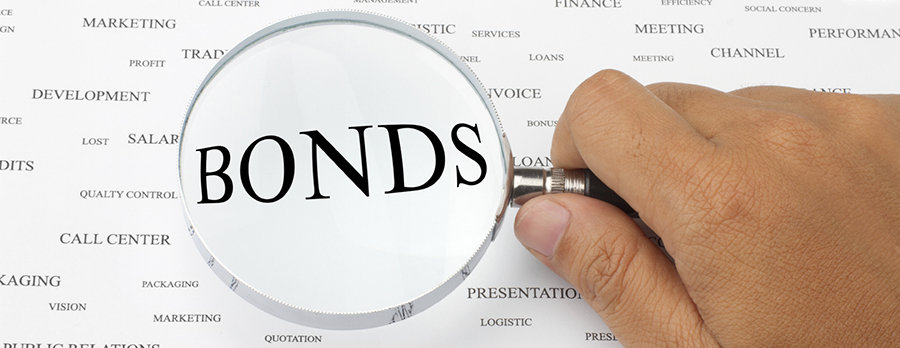Most bonds share some common basic characteristics including:
- Face Value
The money amount the bond will be worth at maturity. It is also the reference amount the bond issuer uses when calculating interest payments. For example, say an investor purchases a bond at a premium $1,090 and another investor buys the same bond later when it is trading at a discount for $980. When the bond matures, both investors will receive the $1,000 face value of the bond.
- The Coupon Rate
The rate of interest the bond issuer will pay on the face value of the bond, expressed as a percentage. For example, a 5% coupon rate means that bondholders will receive 5% x $1000 face value = $50 every year.
- Coupon Dates
The dates on which the bond issuer will make interest payments. Payments can be made in any interval, but the standard is semi-annual payments.
- The Maturity Date
The date on which the bond will mature and the bond issuer will pay the bondholder the face value of the bond.
- The Issue Price
The price at which the bond issuer originally sells the bonds.
Two features of a bond are credit quality and time to maturity. The principal determinants of a bond’s coupon rate. If the issuer has a poor credit rating, the risk of default is greater, and these bonds pay more interest. Bonds that have a very long maturity date also usually pay a higher interest rate. This higher compensation is because the bondholder is more exposed to interest rate and inflation risks for an extended period.
Credit ratings for a company and its bonds are generated by credit rating agencies like Standard and Poor’s, Moody’s, and Fitch Ratings. The very highest quality bonds are called “investment grade” and include debt issued by the U.S. government and very stable companies, like many utilities. Bonds that are not considered investment grade but are not in default are called “high yield” or “junk” bonds. These bonds have a higher risk of default in the future and investors demand a higher coupon payment to compensate them for that risk.
Bonds and bond portfolios will rise or fall in value as interest rates change. The sensitivity to changes in the interest rate environment is called “duration.” The use of the term duration in this context can be confusing to new bond investors because it does not refer to the length of time the bond has before maturity. Instead, duration describes how much a bond’s price will rise or fall with a change in interest rates.
The rate of change of a bond’s or bond portfolio’s sensitivity to interest rates (duration) is called “convexity”. These factors are difficult to calculate, and the analysis required is usually done by professionals.

